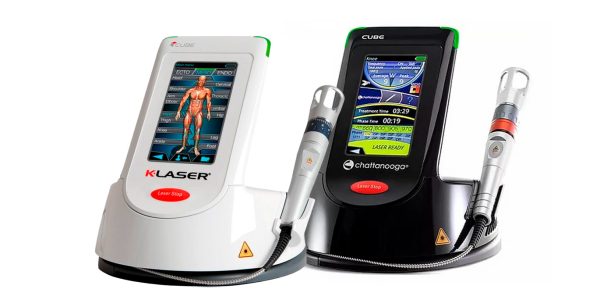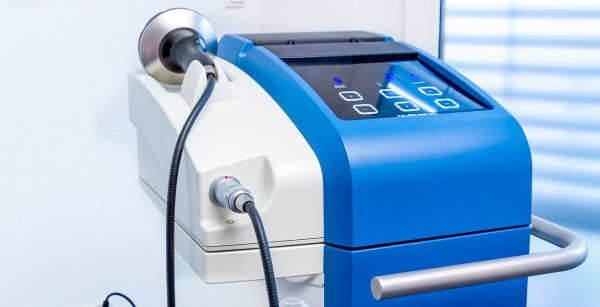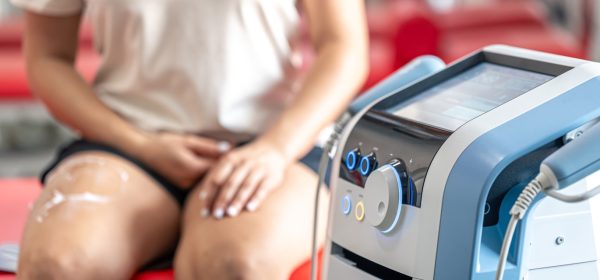Maximizing Medical Device ROI: Essential Insights for Clinics
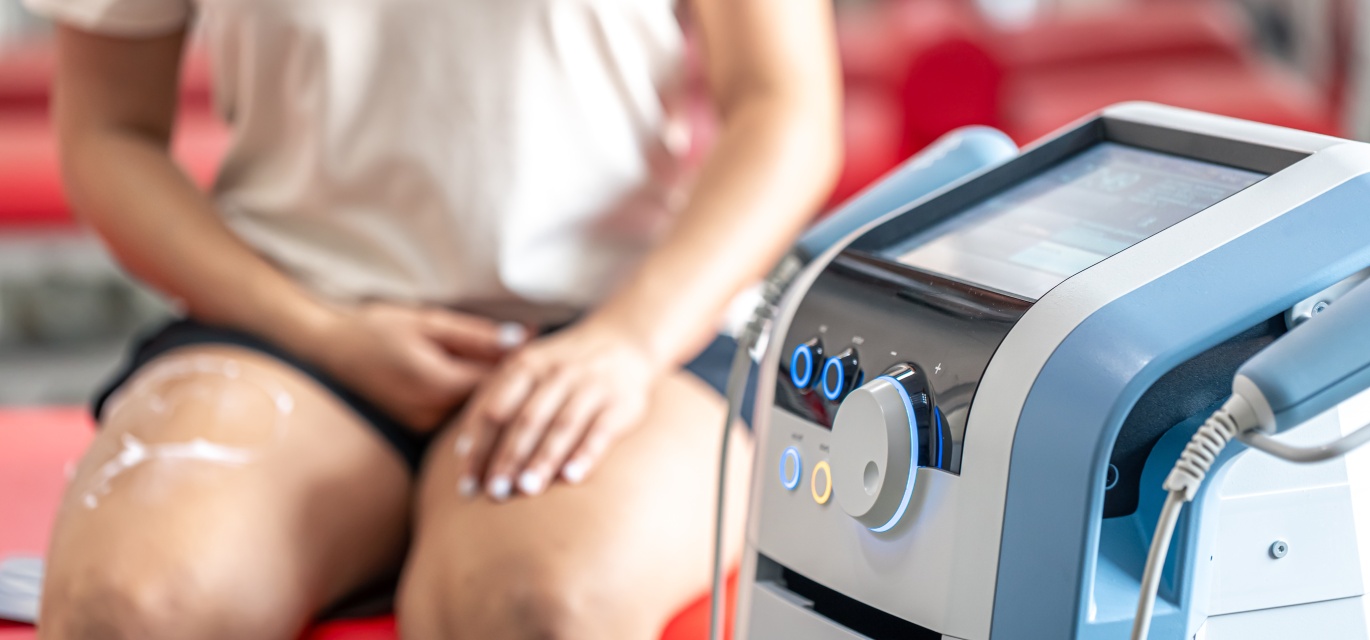
New technological equipment has been developed extensively in the medical field, and the projection for the future shows a constant increase. The Medical Devices Market size was valued at USD 534.45 billion in 2023 and is projected to grow from USD 571.80 billion in 2024 to USD 984.56 billion by 2032, exhibiting a compound annual growth rate (CAGR) of 7.03% during the forecast period (2024 – 2032).
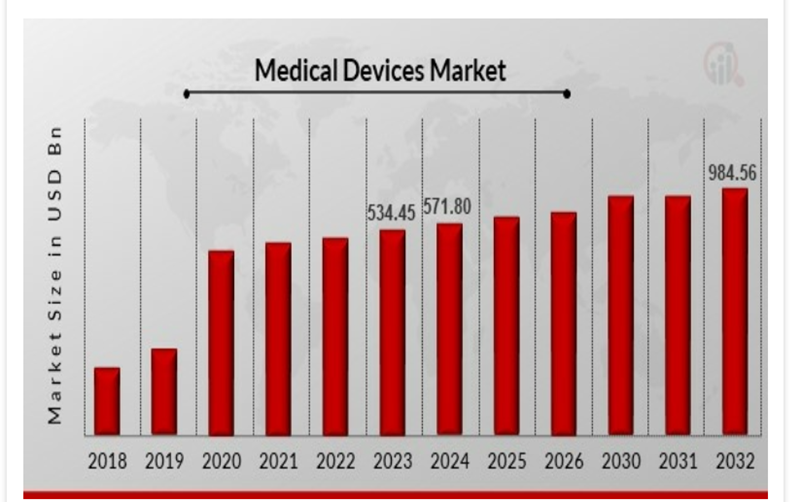
Investing in medical devices and equipment to enhance patient care is essential. Not all healthcare providers may be equipped to undertake this significant financial commitment. This article will explain the ROI when evaluating medical device purchases.
Understanding Medical Device ROI

In healthcare, ROI measures the financial benefits gained relative to the costs invested in a particular technology or equipment. Understanding and calculating ROI is essential for clinics to make informed decisions about resource allocation and long-term financial planning.
The basic formula for ROI in healthcare is:
- ROI = Net financial returns / Financial investment.
This calculation considers upfront costs, recurring expenses, and utilization rates. - ROI in healthcare extends beyond purely financial metrics. Non-financial benefits, such as improved patient satisfaction, enhanced quality of care, and increased staff productivity, must be considered.
- Calculating ROI in healthcare settings presents unique challenges. Accurately estimating utilization rates and long-term financial impacts can be difficult due to the rapidly changing healthcare landscape and evolving technologies. Despite these challenges, a thorough ROI analysis remains valuable for clinics to optimize their medical device investments and ensure sustainable growth.
Strategic Investment in Medical Devices
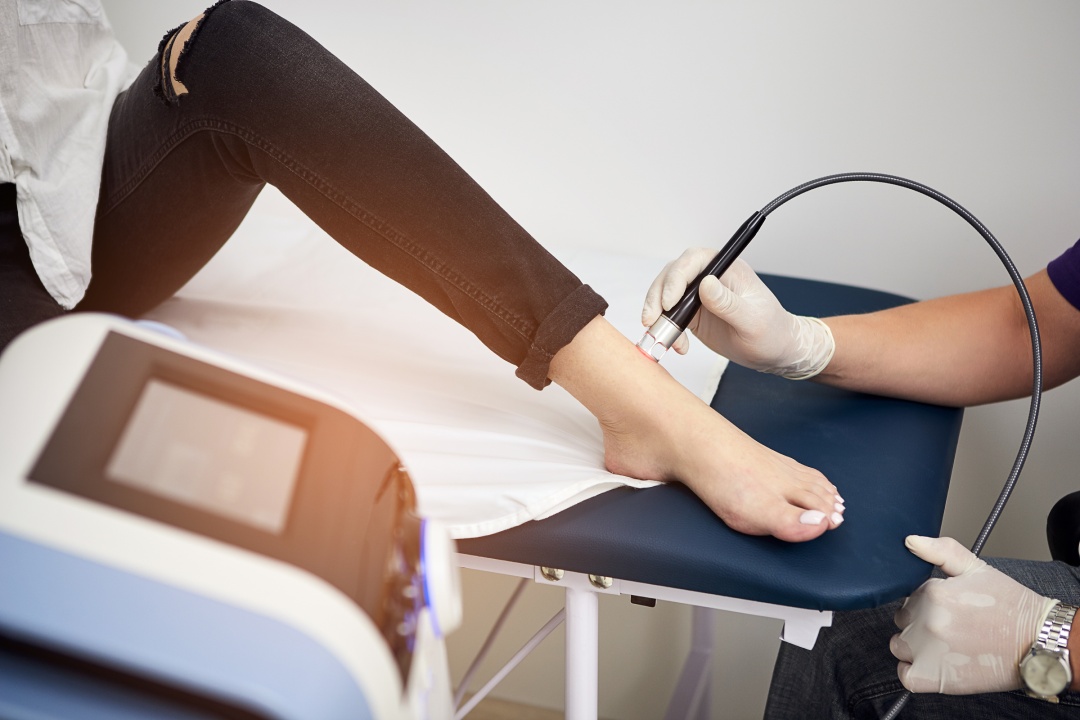
Assessing the need for new devices:
- Consider patient outcomes, efficiency gains, and potential revenue streams.
- Evaluate current equipment utilization and identify gaps in care delivery.
- Analyze market trends and emerging technologies in healthcare.
Factors influencing purchase or lease decisions:
- Compare upfront costs, maintenance expenses, and long-term financial implications.
- Consider flexibility in upgrading or replacing equipment as technology evolves.
- Evaluate tax implications and potential financing options.
Role of technological advancements in enhancing ROI:
- Integration of AI and machine learning for improved diagnostic accuracy.
- Cloud-based systems for enhanced accessibility and data management.
- Interoperability with existing healthcare IT infrastructure.
Examples of high-ROI medical technologies:
- Telehealth platforms for remote patient monitoring and consultations.
- Cutting-edge equipment for patient treatment.
- Wearable devices for continuous health tracking and early intervention.
- Computerized Physician Order Entry (CPOE) systems for improved efficiency and reduced errors.
Optimizing Clinic Efficiency with Technology
Advanced medical devices have several advantages for medical practices and clinics. Integrating cutting-edge technologies in practices achieves the following:
- Improve diagnostic accuracy.
- Enhance treatment outcomes.
- Impact patient care and satisfaction.
- Streamline clinic operations.
- Promote overall efficiency.
Technologies like Class IV Laser Therapy, Pulsed Electromagnetic Field Therapy (PEMF), and Extracorporeal Pulse Activation Technology (EPAT) offer non-invasive treatment options to accelerate healing and reduce patient discomfort.
Data analytics are crucial in maximizing device utilization, efficiency, and sustainable transformation. By leveraging the vast amount of data generated in healthcare settings, clinics can gain valuable insights to optimize their operations and enhance patient outcomes. This data-driven approach enables clinics to make informed decisions about resource allocation, scheduling, and equipment maintenance, ultimately leading to improved ROI.
Adopting eco-friendly medical equipment is increasingly important in reducing operational costs and environmental impact. Sustainability in healthcare also means significantly cutting down on waste. By investing in energy-efficient and environmentally friendly medical devices, clinics can reduce their carbon footprint and achieve significant long-term cost savings through lower energy consumption and reduced waste generation.
Steps for Efficient Business Planning for Sustainable Growth

1. Aligning device investments with long-term goals:
Conduct thorough market analysis to identify future healthcare trends.
Develop a strategic plan that incorporates technology investments.
Ensure new devices support the clinic’s overall mission and vision.
2. Setting a baseline for ROI measurement:
Establish clear metrics before implementing new technologies.
When measuring ROI, you need to start with a baseline, which is the state of something before a change is made.
Regularly track and analyze performance against the baseline.
3. Stakeholder collaboration in investment decisions:
Involve clinical staff, IT professionals, and financial experts in decision-making.
Consider patient feedback and satisfaction metrics when evaluating new technologies.
Foster a culture of open communication and shared responsibility for ROI.
4. Leveraging equipment financing options:
Explore leasing options to preserve capital and maintain financial flexibility.
Consider vendor financing programs tailored for healthcare providers.
Evaluate the potential for pay-per-use models to optimize cash flow.
5. Purchasing equipment for ROI:
Explore equipment that would benefit your practice and clinic.
Contact MyosyteTM for expert advice and guidance to find the right products and optimize your healthcare service.

